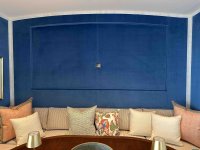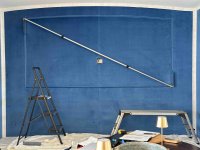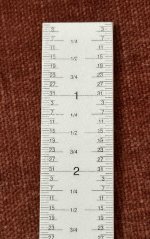smorgasbord
Member
Michael Kellough said:I suppose the client would prefer a dimmer mounted in an ordinary switch box on the wall. Is that possible?
Yes, but you'll likely need a different transformer.
I got a smaller version of this one, and it dims smoothly with an old triac dimmer:https://www.amazon.com/gp/product/B0BJV55X4G
Here's that in a different housing:https://www.amazon.com/dp/B0BYMX28JJ
How many feet are you using that you need 350 watts? I'm using a 120 watt version for my 22 feet without issue. Yes, you want to have some headroom, but 350 watts is a lot of feet. You might want to feed from both ends if that's possible.









